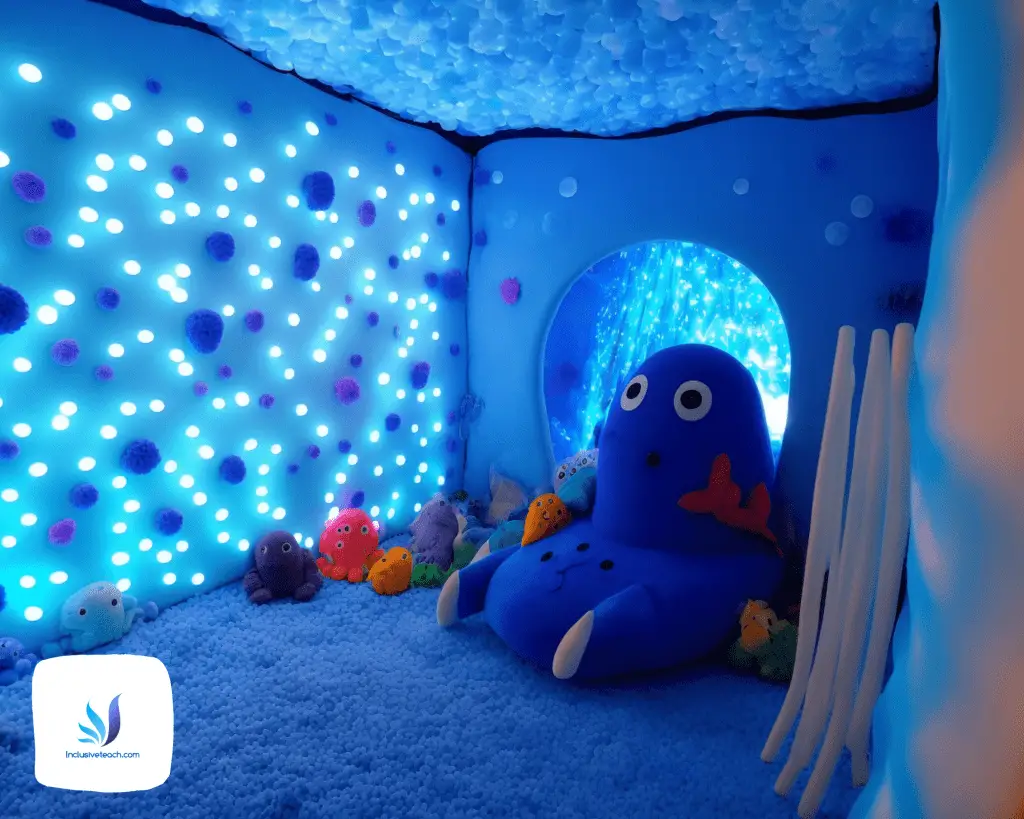Supporting a Child with SPD: 50 Tried and Tested Strategies
If you are supporting a child with sensory processing disorder (SPD), everyday environments can easily become overwhelming. With SPD, the brain has trouble receiving and responding appropriately to information from the senses. A child may become overstimulated by loud noises, crowds, bright lights, certain textures, or other sensory input that most people naturally filter out. This can lead to emotional dysregulation, anxiety, and meltdowns. When a child with SPD becomes overwhelmed, it is important to have strategies ready to help calm the nervous system. SPD in children always presents differently. Having a range of strategies to try is essential.
50 calming Strategies to Support a Child with SPD

Here is a list of 50 strategies used by parents and carers to provide effective support for a child with Sensory Processing Disorder (SPD) when they are feeling overwhelmed and overstimulated. Each one has been suggested by someone supporting children with a diagnosis in their family so no references or evidence base just simple ideas that have worked for others:
- Provide a quiet space with minimal stimuli
- Offer weighted blanket or lap pad
- Play calming music
- Offer chewing gum or crunchy snacks
- Go for a walk or jumping jacks
- Use a sound machine or noise-blocking headphones
- Offer fidget toys for hands or a Sensory First Aid Kit
- Dim the lights
- Speak slowly and softly
- Provide a break and allow them space
- Offer resistance bands
- Use essential oils or calming scents
- Offer an ice pack or something cold to eat
- Provide swinging or rocking opportunities
- Facilitate calming Lego activities
- Offer therapeutic putty to squeeze
- Provide a cozy tent or hiding space
- Provide access to outdoor spaces
- Offer joint compressions or compression tunnel.
- Provide visualisation activities
- Offer sensory bins with tactile resources
- Provide a vibrating toy
- Facilitate calm art activities
- Offer gentle touch or massage
- Validate feelings and be patient
- Remind them they are safe
- Provide deep pressure hugs
- Gently rub or scratch their back
- Provide jumping opportunities
- Offer sensory play with slime or beads
- Sit nearby quietly as they work through it
- Offer a drink of water with a straw
- Provide a bean bag or crash pad
- Offer a backpack or heavy bag
- Provide a weighted shoulder wrap
- Play or sing lullabies or nature sounds
- Encourage deep breaths
- Squeeze a tennis ball or hand strengthener
- Guide meditation or sound baths
- Use picture schedules to reduce cognitive load
- Provide white or yellow noise
- Encourage bouncing or jumping
- Provide co-regulation
- Avoid eye contact
- Provide a warm shower or bath
- Offer alternative focuses like jenga
- Hug tightly then release when ready
- Offer warming sensory input like a wheaty bag
- Sit nearby with arms open
- Keep verbal cues minimal
Summary
Supporting a child with sensory processing disorder requires compassion, patience, and consistency. By having a plan in place and utilising specialised sensory strategies, parents and caregivers can help children manage overwhelm and foster self-regulation skills. The key is tailoring the approach to the individual child’s needs.







2 Comments